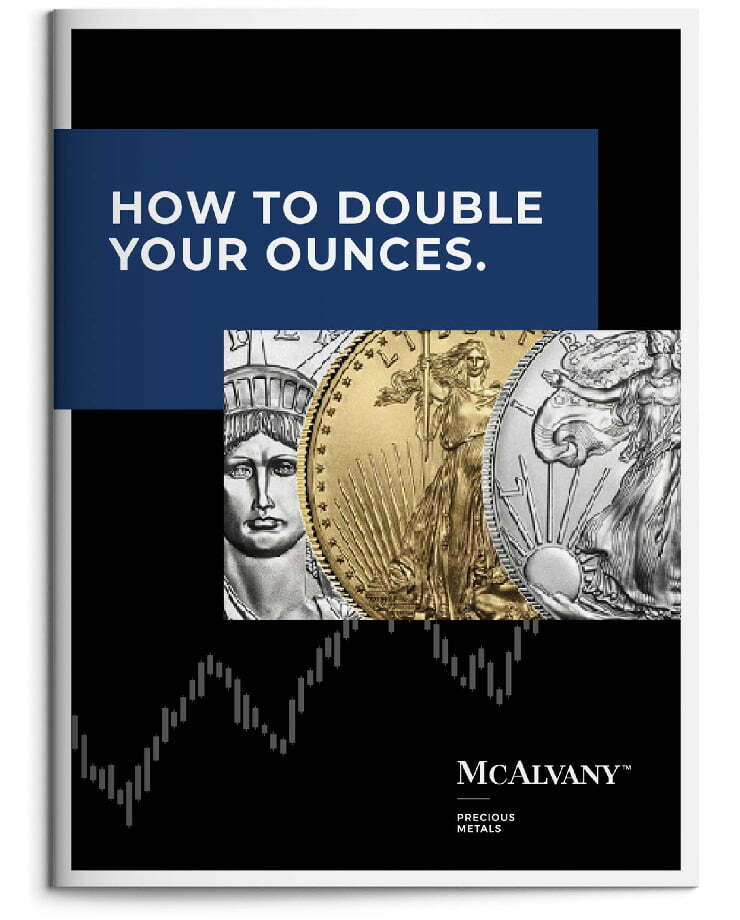To what extent should laws be enforced? It’s a simple question, but one whose answer has immense ramifications. Between the predictable responses of “fully” and “not at all,” there are myriad answers both stated and unstated—including “until a weightier principle is at stake” and “as much as I say.” (It’s surprising how many people operate by the latter, though they would never admit it.) And given that America touts itself as a “rule of law” country, the answer obviously affects every American.
The Fed, by law, is independent of the government. Should that independence hold, even if it might entail a high cost to the nation? Is the Fed’s independence the foundation of its value, or are there more important principles or considerations in play? People of good will and deep knowledge differ in their answers to this latter question, but the answer could be hugely significant—even to the extent of an economic failure of the nation one way or another.
The analysts whose work is summarized below differ somewhat on their answers to this important question—and they are emphatically people of good will and deep knowledge. The advantage to you is that you get thorough and non-hidebound analysis of the subject. There is no party line here (though there are major areas of agreement given that many pertinent facts are indisputable to those honest enough to view them objectively). Make these publications a part of your weekly reading/listening if you want to get deep analysis of very weighty topics.
Key Takeaways:
- Even Goldman Sachs has woken up to gold
- The short term matters, but the long term matters more
- Fiat currencies—the ultimate inflationary influence
- The Fed’s influence on the cost of living
The McAlvany Weekly Commentary: Gold & Gold Miners Outperform Stocks & Bitcoin YTD
David and Kevin dive into the fascinating dynamics of 2025’s financial markets, where gold and gold miners have left stocks and bitcoin in the dust, boasting year-to-date gains of 27% and over 70%, respectively. Against a backdrop of rising bond yields and mounting fiscal pressures, they explore how cracks in the bond market could potentially unsettle equities, with Goldman Sachs already citing gold as the go-to safe haven amid a breakdown in the stock-bond relationship. The hosts highlight a curious lack of interest in gold miners despite their stellar profitability, drawing parallels to a pendulum poised to swing. Kevin likens today’s overvalued equities to “playing with fire,” with the Buffett Ratio soaring past 200% of GDP—a flashing warning sign. Meanwhile, David underscores the risks of inflation and fiscal mismanagement, pointing to record-high U.S. deficits and global pressures on central banks. From Jackson Hole’s policy debates to the shrinking shares of gold ETFs, the discussion weaves a compelling narrative of shifting market sentiment. In true McAlvany fashion, the episode ends with a steady refrain: stay prepared with cash, metals, and patience, as the winds of change gather strength.
Credit Bubble Bulletin: Discounting the Loss of Fed Independence
Doug opens with a stark warning: the Federal Reserve is under assault, and with it, the independence that underpins financial stability. Against a backdrop of speculative markets and political interference, Doug examines Powell’s Jackson Hole remarks, which cautiously hint at policy adjustments while balancing inflation risks and employment concerns. The markets, however, took this as a green light for loose monetary policy, triggering rallies across indices like the Nasdaq Bank Index and ARK Innovation ETF. Meanwhile, President Trump’s overt attacks on Fed Governor Lisa Cook—amid allegations of mortgage fraud—signal a troubling new phase of politicized Fed control, raising questions about the institution’s future autonomy. Doug ties this to broader market complacency, noting falling Treasury yields, a weakening dollar, and rising inflation expectations as indicators of festering monetary disorder. Precious metals, led by gold’s 36% annual gains, continue to act as a safe haven amid the chaos. Yet, as Doug cautions, markets remain enthralled by bubble dynamics, dismissing near-term risks while discounting the long-term consequences of a compromised Federal Reserve. In a week of speculative euphoria and deepening systemic uncertainty, Doug reminds us: history, in hindsight, will judge this moment harshly.
Hard Asset Insights: Enjoy the Show
Morgan delivers a sharp analysis of the current market landscape, starting with a warning about the faltering breadth of the ongoing stock market rally. While major indexes continue to hit all-time highs, Morgan points out that only 50% of NASDAQ 100 stocks remain above their 50-day moving averages—a sign of a rally increasingly driven by a handful of mega-cap tech stocks. In contrast, precious metals equities are on a tear, with gold and silver miners hitting post-pandemic highs despite a dip in metal prices, thanks to booming free cash flows and renewed Western investor interest. Morgan also reflects on the 54th anniversary of the Nixon administration severing the dollar’s gold tie, framing it as the root of today’s inflationary challenges. With inflation overshooting targets for 53 straight months, Morgan sees the Trump administration’s push for reindustrialization—via inflationary industrial policies—as a potential accelerant. Initiatives like strategic loans to bolster critical mineral supply chains signal an escalation of this trend. For Morgan, these developments underscore a generational opportunity in gold and related assets, as Western investors re-enter the sector. His advice? Sit back, hold gold, and “enjoy the show” as the precious metals bull market builds momentum.
Golden Rule Radio: Markets Eye Rate Cuts
This week on GRR, Miles and Rob focus on the shifting dynamics of precious metals as markets turn their attention to the upcoming Jackson Hole meeting and the Federal Reserve’s potential rate cuts. Gold and silver saw slight declines after recent gains, with platinum holding steady and palladium continuing its downward trajectory. The hosts highlight how the S&P briefly touched a new high before retreating, signaling ongoing market uncertainty. Miles emphasizes the critical role of central bank policy as inflation concerns and rate adjustments loom large. Rob takes a closer look at palladium’s extended slide, tying it to broader trends in industrial demand. Meanwhile, gold’s resilience remains a cornerstone of the discussion, with the hosts reminding listeners of its historic role as a hedge in volatile times. With Jackson Hole on the horizon, Miles and Rob encourage a watchful approach, balancing patience with preparation as markets navigate a complex economic landscape.















